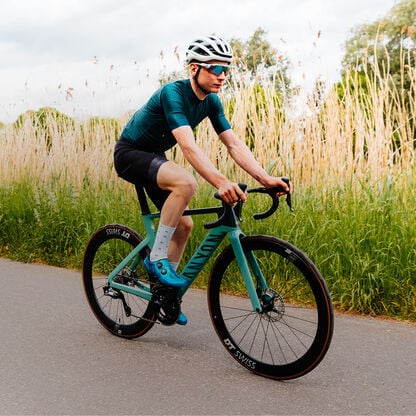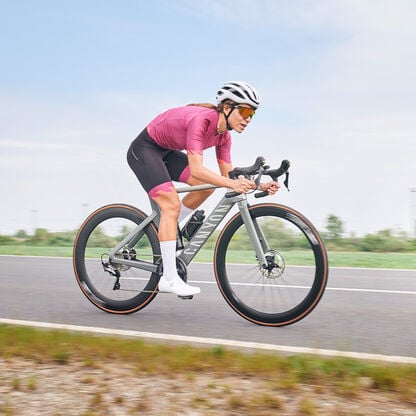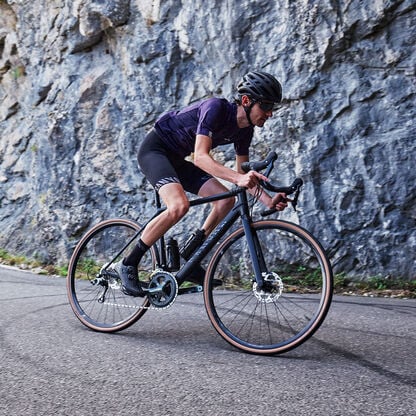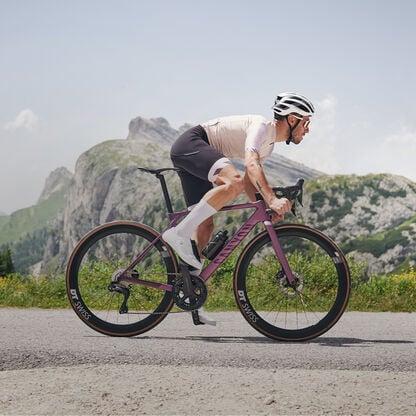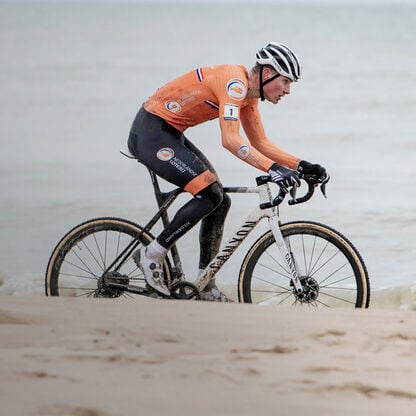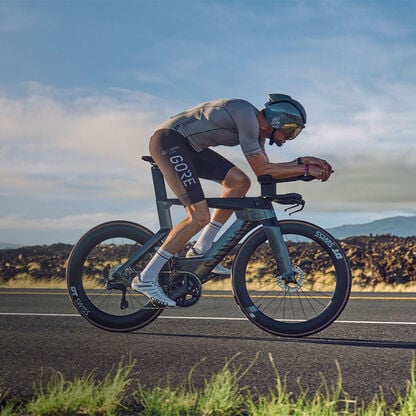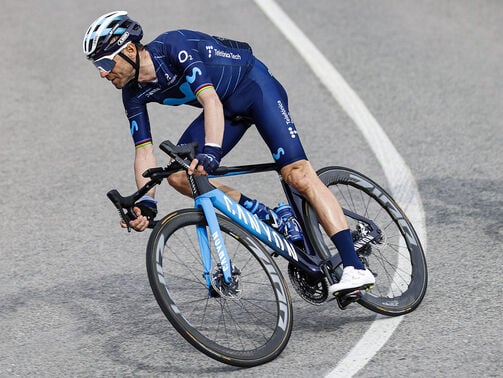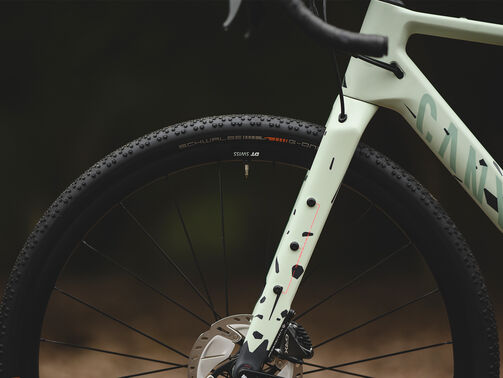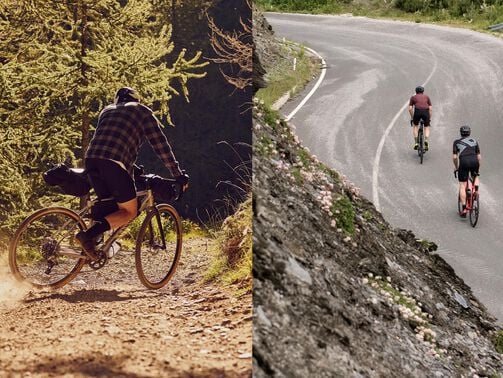Triathlon bike vs road bike: Decoding the choice
It’s a dilemma almost as old as the sport itself – should I choose a triathlon or road bike? Here’s what you need to know.
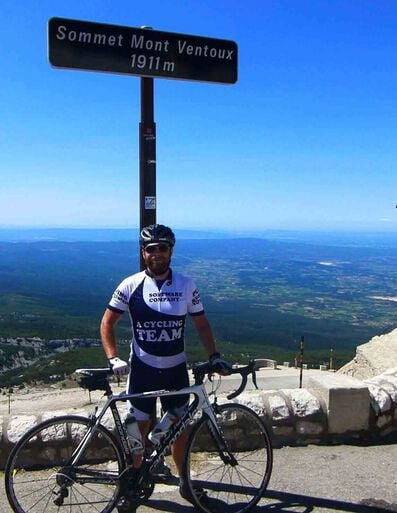
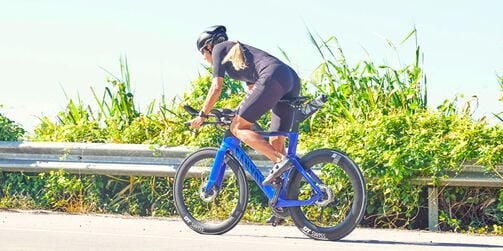
Whether you’re training for your first triathlon or you have the date of Ironman Kona circled on your calendar, you want to be fast. One of the toughest decisions facing up-and-coming triathletes is choosing between a standard road bike or an aerodynamic, triathlon-specific model. Is buying another bike worth it?
Contents
The Purpose Behind Each Bike Type
A triathlon bike (a slightly altered version of a time-trial bike you might see in a professional cycling race) is designed to do one thing – go as fast as possible. Everything about it – from the handlebars to the tube shapes to your position on it – is designed for aerodynamic benefit. (There’s a reason Canyon engineers spend so much time in wind tunnels.)
Conversely, a regular road bike is going to be more versatile, comfortable, better for climbing hills, and easier to handle. They’re fast – just not quite as fast as a triathlon bike – and great for putting in lots of miles during training or just having a fun time riding with friends.
Key Differences Between Triathlon vs Road Bikes
Ever pondered the contrasts between triathlon and road bikes? What defines their unique characteristics and functionalities? Let's unravel the distinctive features that distinguish these two cycling companions.
Triathlon vs Road Bike Frames
The geometry of a triathlon bike frame differs from a standard road bike. Due to the steeper seat tube angle on a tri bike, the saddle sits nearly directly above the bottom bracket. Between that and a shorter wheelbase, the triathlete’s positioned further forward than on a standard road bike. That positioning engages your quads more and helps reduce stress on your hamstrings, so your legs are fresher during the run segment. But because the center of gravity is changed, cornering and descending on a tri bike can be more challenging.
Triathlon bike tubes typically are more angular, with the newest models boasting internal cable routing and integrated hydration and accessory storage, all designed to eliminate any unnecessary drag. The front fork on the Speedmax was specifically designed to shield the disc brake calipers from the wind, further reducing turbulence.
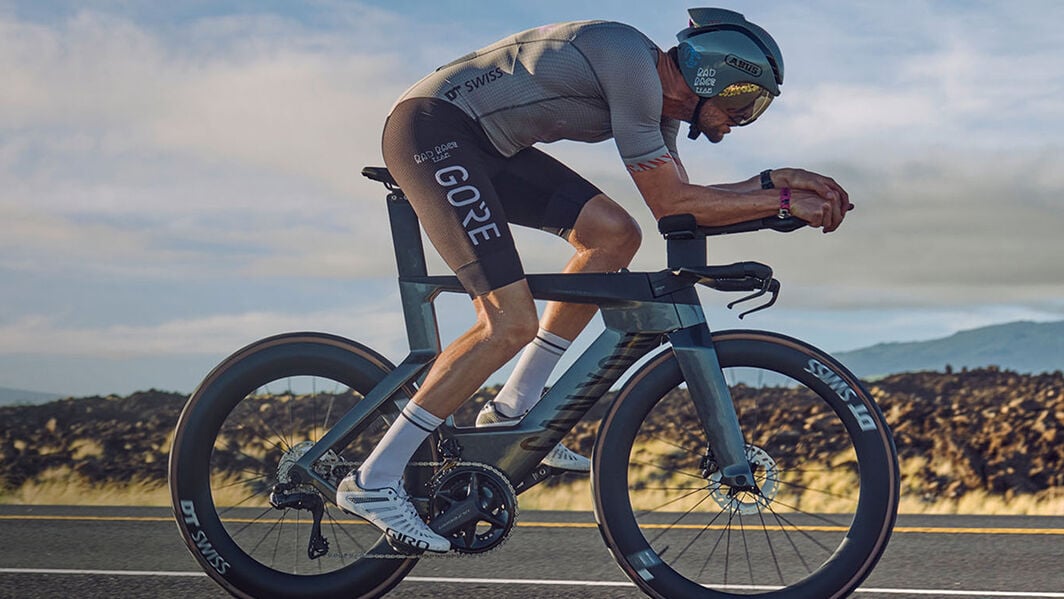
Aero Bars and Handlebars
Road bikes feature curved handlebars, where riders rest their hands on the tops and hoods for a more relaxed position or the lower drops for a more aggressive one. Both the shifters and brake levers are a fingertip away. Due to the way your hands and body are positioned, handling the bike is a relative breeze, but that more upright position means more drag, which ultimately means a somewhat slower ride.
Triathlon bikes use special handlebars that force the rider to hunch low and forward, with a more narrow profile. Typically, this isn’t terribly comfortable for long distances – like say a 112-mile (180km) Ironman bike segment – but the Speedmax cockpit has 110mm of adjustability that allows you to more easily dial in your positioning. While you can change gears with the flick of a finger in that aero position, braking requires your hands to move to the outer bars. While the Speedmax is more responsive than many other bikes in its class, it isn’t optimal for sudden braking and aggressive turning.
Wheels, Gearing, and Brakes Comparison
Components will be roughly the same on similarly priced road and tri bikes, although they might be tweaked slightly to be more aero. Most serious triathletes choose wheels like the Zipp 858s (standard on the Speedmax CFR eTap) with deeper, more aerodynamic rims that slice through the wind. Those deep wheel rims make handling in crosswinds more difficult, so you don’t often see them on standard road bikes.
Road Bike as a Starting Point for Beginners
Most triathletes start on whatever bikes they have in their garage. Looking into the transition area at a sprint triathlon, you’re likely to see an equal number or more road bikes as tri-specific models. (You’ll probably see quite a few first timers with old mountain bikes as well!)
If you don’t currently own a bicycle, you may not want to jump directly onto a tri bike. New triathletes typically find a standard road bike to be more forgiving, both in handling and body positioning. Athletes who are relatively inexperienced on bikes should spend time riding and getting comfortable on a standard bicycle before upgrading to a triathlon bike.
A road bike like the Canyon Aeroad can be a good bridge from a regular road bike to a triathlon-specific model, offering multiple aero benefits while still maintaining the handling characteristics of a more standard road bike.
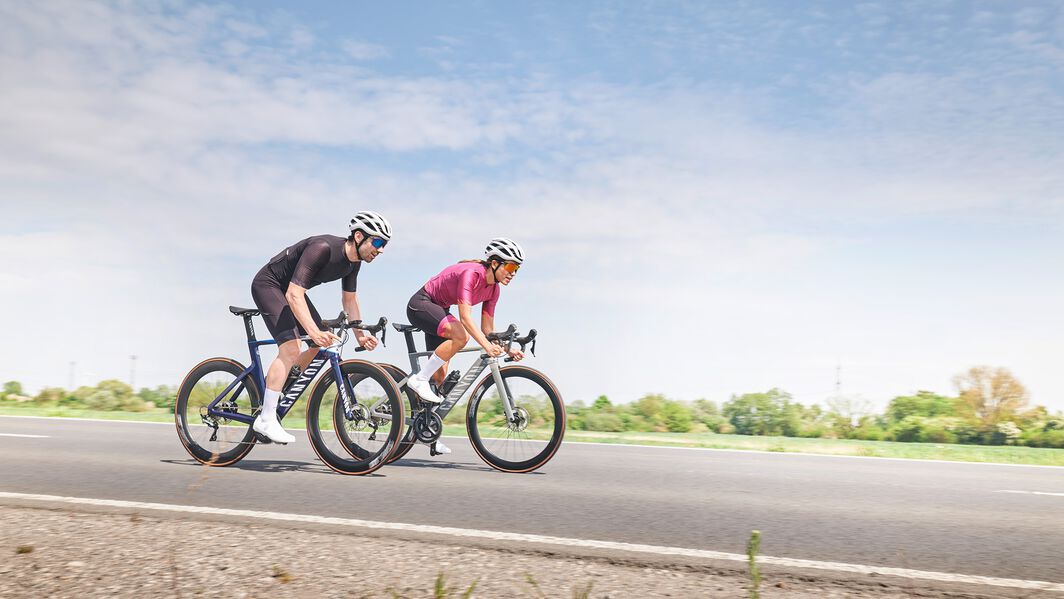
Choosing the Right Time to Upgrade to a Triathlon Bike
As you get more serious about competing, you’ll likely be looking for ways to decrease your times. The faster you are, the more aerodynamics come into play. According to testing done by the Global Triathlon Network YouTube channel, an athlete will save between 37-49 watts when pedaling at 30 kph (18.5km) and a staggering 114-150 watts when pedaling at 45 kph (28km) due to the aerodynamic design of the bike and your body positioning on it. On most courses, a triathlon bike will knock seconds or even minutes off your bike split, making it one of the easiest ways to get faster with little or no added effort.
Triathlon Bike vs Road Bike: How to Make the Right Choice?
First off, you don’t necessarily have to choose. If your budget and garage allow it, there’s nothing wrong with owning both a road and triathlon bike; different tools for different tasks, after all. If possible, try out both bikes at a Canyon Experience partner or during a 30-day home trial.
But if your wallet or significant other balks at two bikes, consider this.
Choose a road bike if:
- You do triathlons only occasionally and don’t really care about where you place in the standings.
- You appreciate comradery and like riding with other people.
- Your budget or space is limited to one bike.
- You enjoy riding hilly or technical roads.
Choose a triathlon bike if:
- You do triathlons regularly.
- Your bike splits are keeping you off your age-group podium.
- You plan to do a bike fit after your purchase.
As many satisfied Speedmax owners affirm, buying the triathlon bike wasn’t a requirement for competing, but in most ways – from the additional comfort to the added speed – it makes the whole experience better.
When opening that box for the first time, you’re not just getting a new bicycle, you’re entering a world of new possibilities. Who knows where that new bike will take you? Could it be a new personal best at your next race or perhaps even the top step of the podium? There’s only one way to find out.
Discover our Road Bikes
Did this article help?
Thank you for your feedback
-
 About the author
About the authorRobert Annis
Robert Annis is an award-winning outdoor-travel journalist. As an experienced writer and sport enthusiast he writes content that is inspiring with focus on road biking. You might have read Robert's articles in Bicycling, National Geographic, Outside, Travel + Leisure, Inside Hook, AARP, Midwest Living, Sierra, Hemispheres, Departures, Lonely Planet, Afar, Los Angeles Times, Chicago Tribune, RV Magazine, and Hidden Compass.
